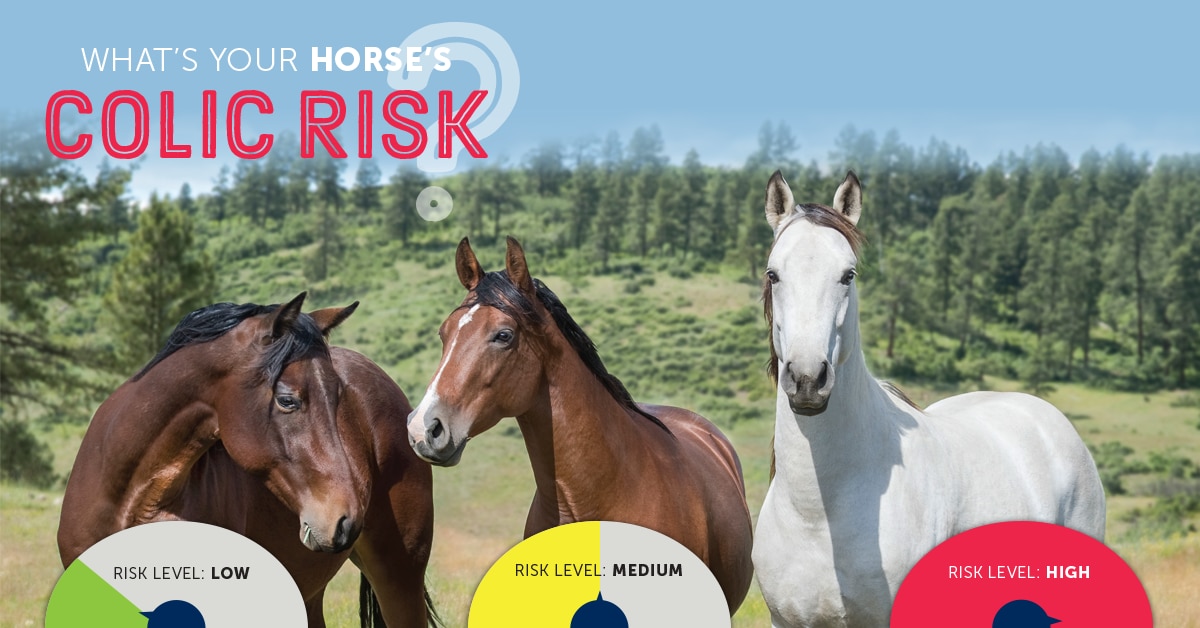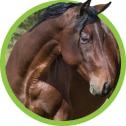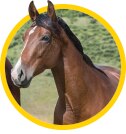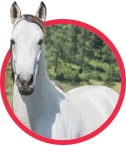Factors that Increase a Horse's Risk of Colic
Updated September 27, 2023

These three horses live in the same environment, but they each have a different level of colic risk. Keep reading to find out why!
Every Horse is at Risk for Colic
In fact, the American Association of Equine Practitioners (AAEP) estimates that 700,000 horses will colic each year in the U.S. alone. Even worse, research has shown that many day-to-day barn events are proven to increase a horse’s risk of colic.
Luckily, there are ways you can help your horse, starting with educating yourself on the risk factors of colic and determining your horse’s risk. To find out your horse’s current colic risk and get smart tips on how you can help reduce it, visit SmartPak.com/ColicRiskQuiz
Colic Risk Factors Add Up Fast
There are many factors that can contribute to your horse’s colic risk, including his turnout, exercise schedule, diet, deworming program, and more. Read on to learn about some of the reasons that three horses living at the same barn can have three different colic risks.
Kodi

Factors that contribute to Kodi’s low colic risk:
- He spends less than five hours per day in a stall
- He doesn’t eat any grain
- He’s dewormed at least twice per year and receives regular fecal tests
Add it all up
Lack of turnout, high-grain diet, and failure to receive appropriate deworming are all proven colic risk factors that Kodi is lucky enough to avoid, thanks to good management.
Eden

Factors that contribute to Eden’s medium colic risk:
- She spends about 15 hours in her stall every day
- She’s been having trouble maintaining her weight, so her grain was just increased
Add it all up
Changing grain (type or amount) can increase a horse’s colic risk up to five times! Plus, Eden’s lack of turnout is also contributing to her higher colic risk.
Bosco

Factors that contribute to Bosco’s high colic risk:
- He just started a new training program, increasing his activity level significantly
- He just moved to this barn and the hay and grain are brand new to him
- He’s colicked before
Add it all up
Sudden changes in exercise or activity level have been shown to increase digestive disruption, and Bosco’s hay situation makes things even worse. Changing hay, including changing types or switching to a new cutting of the same type, can increase a horse’s colic risk 10 times! Plus, changes in grain can increase a horse’s risk up to five times! Finally, horses with a history of colic are four times more likely to colic again, which all adds up to a high colic risk for Bosco.
